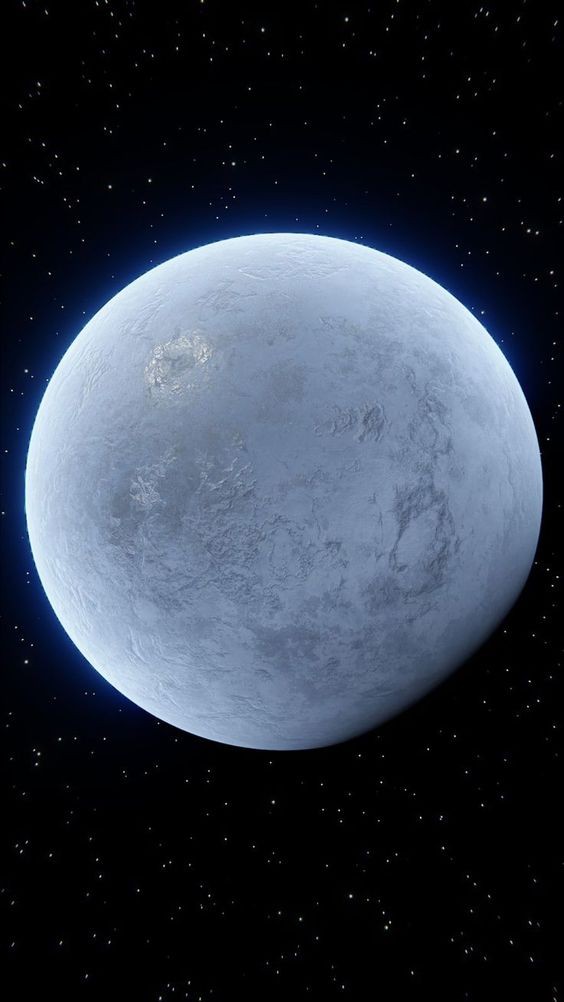My Guide to the Most Habitable Earth-Like Planets Discovered So Far
The quest to find habitable Earth-like planets beyond our solar system has been one of the most exciting pursuits in astronomy. With advancements in technology and space exploration, scientists have discovered numerous exoplanets that could potentially support life. These planets, located in the habitable zones of their stars, offer tantalizing possibilities for future exploration and the search for extraterrestrial life. Here is my guide to the most habitable Earth-like planets discovered so far.
1. Proxima Centauri b
Proxima Centauri b is one of the most promising candidates for habitability. It orbits Proxima Centauri, the closest star to the Sun, at a distance of about 4.24 light-years from Earth. Discovered in 2016, this exoplanet is located within the habitable zone, where liquid water could exist on its surface. Although its proximity to its star subjects it to stellar flares, Proxima Centauri b remains a top contender for further study due to its Earth-like characteristics and relatively close distance.
2. TRAPPIST-1 System
The TRAPPIST-1 system, located about 39 light-years away, contains seven Earth-sized exoplanets, three of which are in the habitable zone. These planets, named TRAPPIST-1d, TRAPPIST-1e, and TRAPPIST-1f, have the potential for liquid water on their surfaces. Discovered in 2017, the TRAPPIST-1 system has garnered significant interest due to the number of potentially habitable planets in close proximity to one another. Their unique orbital resonance and compact configuration make them prime targets for future observations.
3. Kepler-452b
Kepler-452b, often referred to as Earth's "cousin," was discovered by NASA's Kepler Space Telescope in 2015. It is located about 1,400 light-years away in the constellation Cygnus. This exoplanet orbits a G-type star similar to our Sun and resides in the habitable zone, where conditions might be right for liquid water. With a diameter about 60% larger than Earth, Kepler-452b has a higher potential for retaining an atmosphere, making it a strong candidate for habitability.
4. LHS 1140 b
LHS 1140 b is a super-Earth exoplanet located about 41 light-years away in the constellation Cetus. Discovered in 2017, it orbits within the habitable zone of its red dwarf star, LHS 1140. This planet is roughly 1.4 times the size of Earth and has a mass about 6.6 times greater, suggesting it may have a dense, rocky composition. Its thick atmosphere and potential for liquid water make LHS 1140 b a fascinating subject for future exploration.
5. Gliese 667 Cc
Gliese 667 Cc is an exoplanet orbiting the red dwarf star Gliese 667 C, located approximately 23.6 light-years away in the constellation Scorpius. Discovered in 2011, it lies in the habitable zone where liquid water could exist. This super-Earth is about 4.5 times the mass of Earth and receives a similar amount of stellar energy. Gliese 667 Cc’s relatively stable environment and potential for a rocky surface make it an intriguing candidate for habitability studies.
6. K2-18b
K2-18b is a super-Earth exoplanet located about 124 light-years away in the constellation Leo. Discovered in 2015 by the Kepler Space Telescope's K2 mission, it orbits within the habitable zone of its red dwarf star. In 2019, astronomers detected water vapor in its atmosphere, a significant finding in the search for habitable exoplanets. With a mass about 8 times that of Earth, K2-18b presents an exciting opportunity to study a potentially habitable world with water vapor in its atmosphere.
7. TOI 700 d
TOI 700 d is an Earth-sized exoplanet discovered by NASA's Transiting Exoplanet Survey Satellite (TESS) in 2020. It orbits within the habitable zone of its red dwarf star, TOI 700, located about 100 light-years away in the constellation Dorado. TOI 700 d is roughly 20% larger than Earth and receives about 86% of the energy that Earth gets from the Sun. Its location within the habitable zone and Earth-like size make TOI 700 d a promising candidate for further study.
8. Ross 128 b
Ross 128 b is an exoplanet orbiting the red dwarf star Ross 128, located about 11 light-years away in the constellation Virgo. Discovered in 2017, it is one of the closest known potentially habitable exoplanets. Ross 128 b has a mass about 1.35 times that of Earth and orbits its star within the habitable zone. Its proximity to Earth and relatively calm stellar environment make Ross 128 b an excellent target for future observations.
Conclusion
The discovery of these Earth-like exoplanets marks significant milestones in our quest to find habitable worlds beyond our solar system. Each of these planets offers unique characteristics and potential for further study, bringing us closer to answering the age-old question of whether we are alone in the universe. As technology advances and our ability to explore these distant worlds improves, we can look forward to uncovering even more about these fascinating planets and the possibilities they hold.






